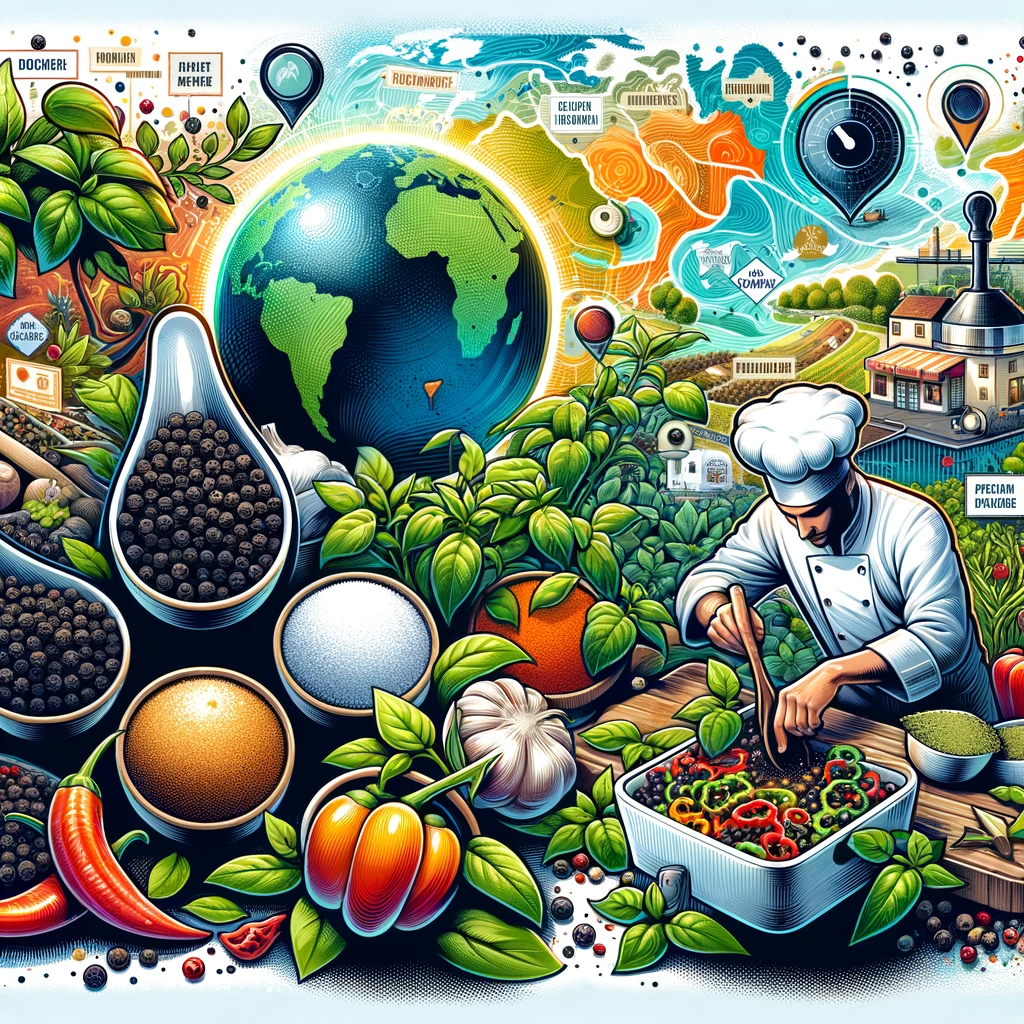Introduction
Pickling is a time-honored preservation technique that not only extends the shelf life of your favorite vegetables but also enhances their flavor. One key ingredient that plays a crucial role in pickling is pepper. In this article, we’ll explore the different types of pepper you can use in pickling, their unique characteristics, and how to create delicious preserves that will tickle your taste buds.
The Role of Pepper in Pickling
1. Flavor Enhancement
Pepper is more than just a spice; it’s a flavor enhancer. When added to pickling recipes, pepper can elevate the taste profile of your preserves. Its pungent and spicy notes complement the natural flavors of vegetables and add a zesty kick to the final product.
2. Preservative Properties
Pepper has natural preservative properties due to its antimicrobial and antioxidant compounds. When used in pickling, it helps prevent the growth of harmful bacteria and extends the shelf life of your homemade preserves.
Types of Pepper for Pickling
1. Black Peppercorns
Black peppercorns are the most common type of pepper used in pickling. They offer a bold and robust flavor, with hints of heat and a slightly earthy undertone. Crushed or whole, black peppercorns add a classic touch to pickled cucumbers, green beans, and even carrots.
2. White Peppercorns
White peppercorns are known for their milder flavor and less pronounced heat compared to black peppercorns. They are an excellent choice for those who prefer a subtler pepper taste in their pickles. White peppercorns work well with delicate vegetables like cauliflower and asparagus.
3. Pink Peppercorns
Pink peppercorns are not true peppercorns but rather the dried berries of a different plant. They have a fruity and slightly sweet flavor with a gentle spicy kick. Pink peppercorns add a unique twist to pickled fruits like strawberries and peaches, creating a delightful fusion of flavors.
4. Green Peppercorns
Green peppercorns are harvested before they fully ripen, giving them a bright and fresh flavor profile. They are often found in brine or vinegar solutions and pair wonderfully with pickled peppers, jalapeños, and even olives.
Creating Delicious Pepper-Packed Pickles
1. Ingredients
a. Fresh Vegetables
Choose high-quality, fresh vegetables for pickling. Common options include cucumbers, carrots, onions, and cauliflower.
b. Pepper of Your Choice
Select the type of pepper that suits your taste and the vegetables you’re pickling. Experiment with different varieties to find your favorite combination.
c. Vinegar
Vinegar is a crucial component of pickling. White vinegar, apple cider vinegar, or rice vinegar are all excellent choices. The acidity of the vinegar helps preserve the vegetables.
d. Spices and Herbs
Enhance the flavor of your pickles by adding spices and herbs such as garlic, dill, mustard seeds, and coriander seeds. The combinations are endless, so feel free to get creative.
2. The Pickling Process
a. Prepare the Vegetables
Wash and trim the vegetables, ensuring they fit snugly in your jars. You can leave them whole, slice them, or cut them into spears, depending on your preference.
b. Create the Brine
In a saucepan, combine your chosen vinegar, water, salt, and sugar. Bring the mixture to a boil, stirring until the salt and sugar dissolve. This will be your pickling brine.
c. Pack the Jars
Place your prepared vegetables and peppercorns in clean, sterilized jars. Add your selected spices and herbs for extra flavor.
d. Pour in the Brine
Carefully pour the hot pickling brine into the jars, ensuring the vegetables are completely submerged. Seal the jars with lids while they are still hot.
e. Cool and Store
Allow the pickles to cool to room temperature before refrigerating them. For best results, let them sit in the fridge for at least a week to develop their flavors fully.
Conclusion
Pepper plays a vital role in pickling, adding depth and complexity to your homemade preserves. With the right choice of pepper and a bit of creativity, you can craft pickles that are not only delicious but also uniquely your own. Experiment with different combinations to discover the perfect pepper-packing pickles that suit your taste buds. Enjoy the satisfaction of preserving your favorite vegetables and savoring their flavors all year round. Happy pickling!
